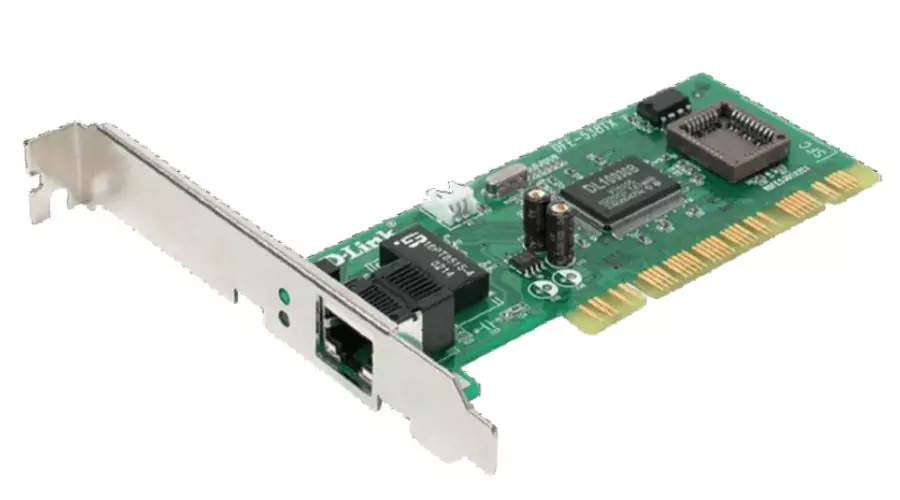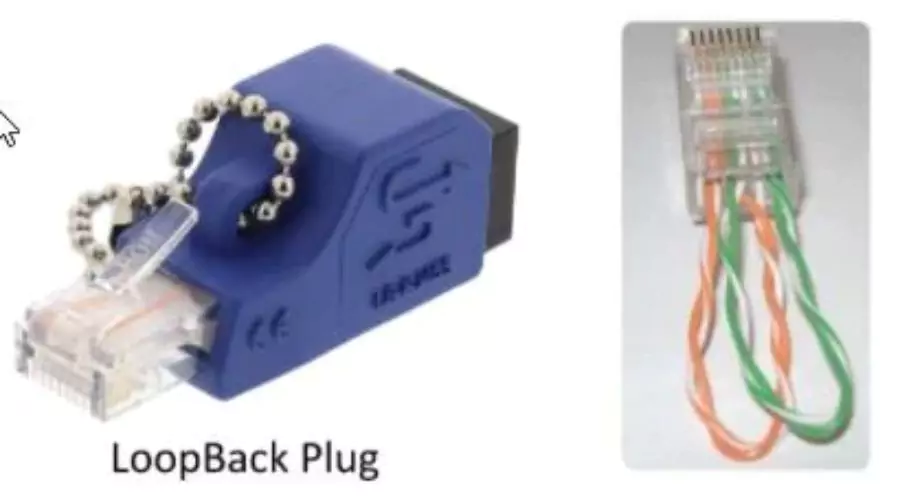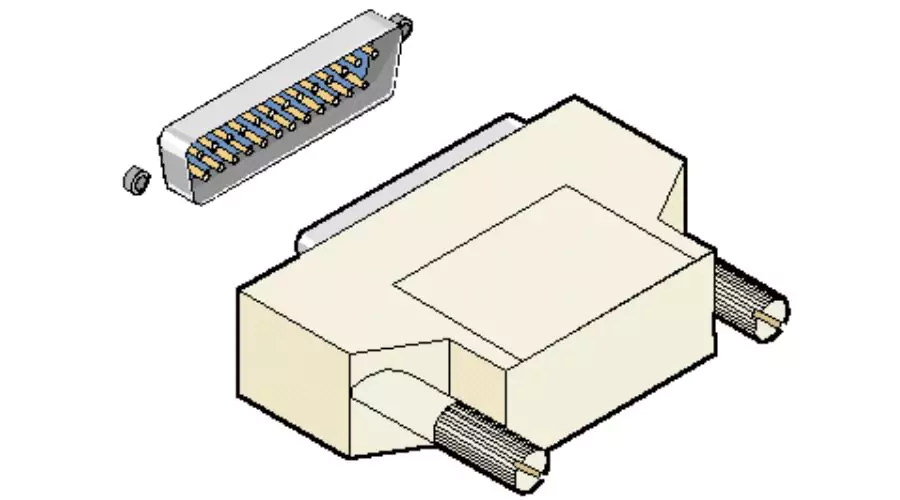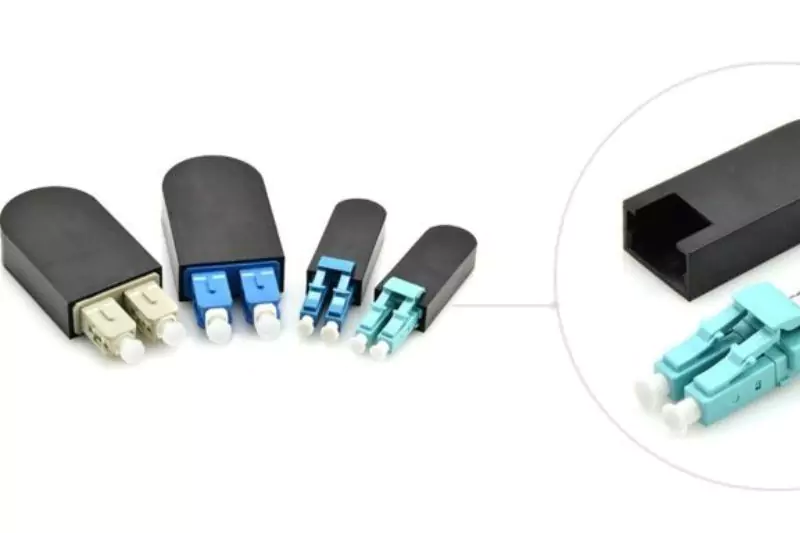Navigating the intricate world of networking often involves overcoming challenges related to the performance and functionality of network interfaces. In this comprehensive guide, we will delve deep into the definition, examples, and practical applications of loopback plugs. These nifty devices, also known as loopback adapters or loopback connectors, play a crucial role in troubleshooting and assessing network connections. Let’s unravel the layers of it and discover how they can be valuable assets in your networking toolkit.
Definition
At its core, the loopback plug is a hardware component meticulously engineered to identify and resolve issues in network interfaces. Its ingenious design allows it to emulate a network connection without the need to directly link to an external device. The magic happens as the device redirects outgoing signals back to the receiving portion of the same interface, forming a loop for comprehensive testing. Widely used to detect and address problems with both physical and logical network connections, it serves as an invaluable tool for evaluating the performance of networking equipment.
Network Interface Card

Network Interface Card | Neonpolice
Examples
a) Ethernet Loopback Plug
In the realm of networking, Ethernet plugs emerge as indispensable tools for testing the functionality and connectivity of Ethernet ports. By creating a loop in the network connection, this hardware device facilitates a thorough assessment of Ethernet ports, ensuring optimal performance. This is a cost-effective and efficient way to diagnose issues with Ethernet ports, saving time and effort compared to more complex testing methods. With the help of it, network administrators can quickly identify and resolve Ethernet port problems.
b) Serial Loopback Plug
For those involved in serial communication, the loopback adapter is a go-to solution for testing serial communication ports. This is achieved by connecting the transmit and receive lines, effectively creating a loop that allows for meticulous testing of serial communication ports. This provides a straightforward way to check the integrity of serial ports, cables, and associated software. By looping back the transmitted data, it enables easy diagnosis of any distortions or errors. With this handy device, serial communication systems can be thoroughly tested for optimum performance and reliability.
Loopback Plug vs. Loopback Address

Loopback Plug vs. Loopback Address | Neonpolice
| Loopback Plug | Loopback Address | |
| Description | Physical device for testing interfaces | Reserved IP address for virtual network connection to device |
| Focus | Emphasises hardware connections | Concentrates on software configurations |
| Application | Testing network interfaces | Virtual network connection to the device itself |
| Significance | Hardware testing | Software configuration testing |
| Importance | Vital for hardware troubleshooting | Crucial for assessing software configurations |
| Use Case | Identifying physical network issues | Establishing a virtual network connection for software testing |
Best Practices
To ensure accurate testing and reliable results when using loopback plugs, it’s essential to adhere to best practices:
-
a) Appropriate Type Selection:
Always choose the right type of it for the specific network interface being tested. This guarantees compatibility and accurate assessment. Selecting the proper plug type prevents connectivity issues that could interfere with testing and generate reliable results. Taking the time to match the plug with the interface prevents wasted efforts and ensures the test equipment is truly evaluating the port’s performance.
-
b) Secure Connection:
Ensure that it is securely connected to the network port. Loose connections may lead to inaccurate test results, defeating the purpose of the test. A snug, stable connection between the plug and port is essential for the diagnostic data to truly reflect the port’s capabilities. Wiggling, intermittent links introduce variables that contaminate the test findings and should be addressed before proceeding.
-
c) Controlled Testing Environment:
Opt for a controlled testing environment. This practice helps isolate potential issues and avoids disrupting normal network traffic during the assessment. A deliberate, regulated setting removes external factors that could influence the results. Maintaining oversight of background processes creates clarity regarding the root causes of any problems detected.
Loopback Plug: A Special Mention

Loopback Plug: A Special Mention | Neonpolice
In the evolving landscape of virtual private networks (VPNs), it has gained prominence. They are specifically designed to enhance the VPN testing experience, ensuring seamless integration with the network interface.
Beyond Basics: Advanced Applications
As technology evolves, so do the applications of loopback plugs. Beyond the fundamental use cases mentioned earlier, these versatile devices find applications in various advanced scenarios:
- Network Load Testing: It can be utilised for testing the load-handling capacity of network equipment, providing insights into how well the network can manage heavy traffic. Simulating high-volume bandwidth scenarios enables administrators to determine maximum throughput levels. By gradually increasing loads, potential bottlenecks and weak points can be identified before network failure.
- Software-defined Networking (SDN) Testing: In the realm of SDN, loopback plugs play a role in testing the functionality and performance of SDN controllers and switches. The plugs allow granular testing of SDN components to verify they are operating as intended. Administrators can validate controller-switch communication, fault tolerance, and automated configurations through methodical loopback testing procedures.
- Firmware and Software Testing: They are instrumental in testing and validating firmware and software updates in network devices, ensuring smooth integration without disrupting the network. New firmware and software can be thoroughly evaluated in an isolated environment using them. This practice enables troubleshooting before deployment while maintaining the operational integrity of the live network during testing.
Conclusion
Loopback plugs emerge as versatile and invaluable tools in the realm of networking. Whether you are testing Ethernet ports, delving into serial communication nuances, or exploring advanced applications like SDN testing, it offers a reliable means to troubleshoot and assess network interfaces. By incorporating best practices and staying informed about specialised variants like the loopback plug, network professionals can enhance their toolkits and ensure robust network performance in an ever-evolving technological landscape. NeonPolice wants you to understand the significance of it as an essential troubleshooting tool that is poised to grow. For more information, visit the official website of NordVPN.





